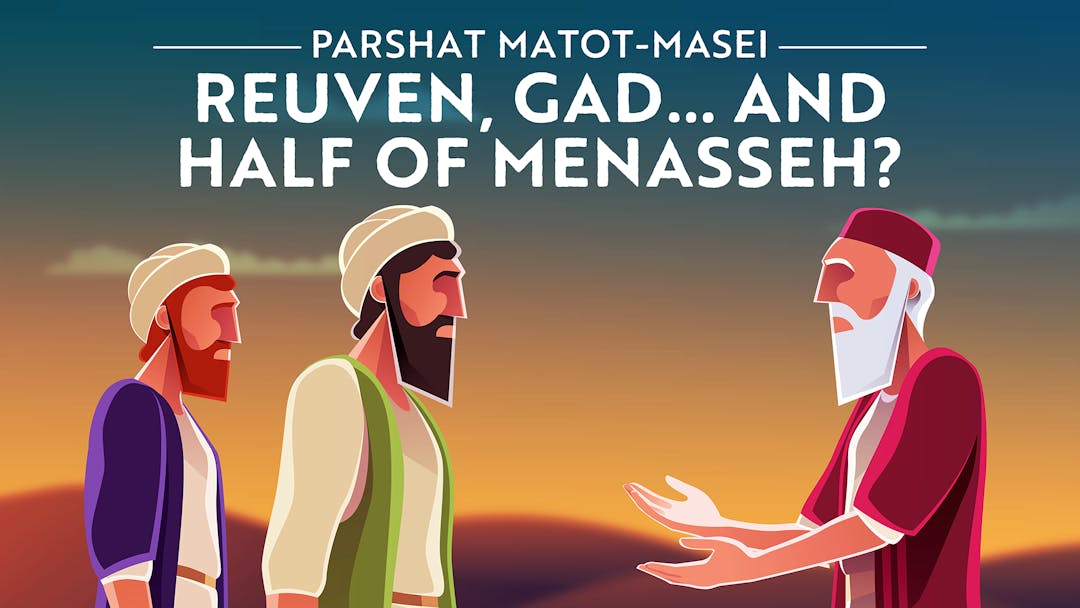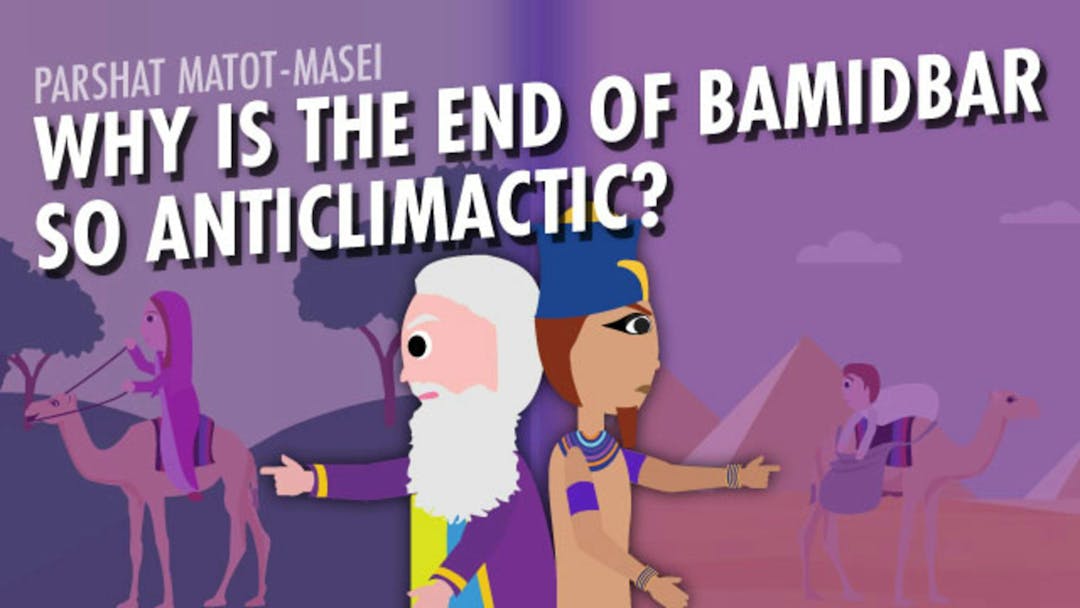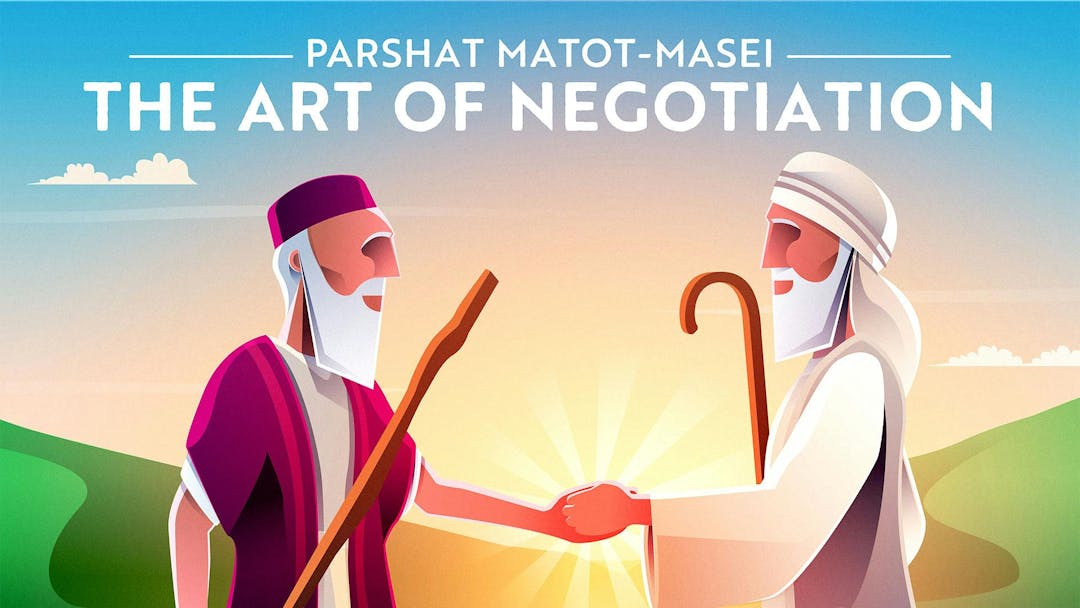Masei is the weekly Torah portion read on July 26, 2025
Parshat Masei: Dvar Torah, Summary, Meaning & Torah Portion
Masei Torah Portion: Numbers 33:1–36:13
In Parshat Masei, all of the journeys and stops of the Israelites in the desert are recapped, the boundaries of their future lands are given, and the cities of refuge (arei miklat) are designated.
Featured Masei Video
The Mystery Of The Half Tribe Of Manasseh
Remember when Moses let Reuven, Gad and Menashe settle outside of Israel... What? Menashe didn't ask to live there!? Why did Moses put them there?
Masei Torah Portion
Parshat Masei Dvar Torah
Parshat Masei Summary
Masei Torah Portion: Numbers 33:1–36:13
Parshat Masei is the final parsha in the Book of Numbers. It is commonly read as a "double parsha" in the same week as Parshat Matot, though sometimes read on its own. The first two aliyot (portions) of this parsha serve as a recap of everywhere that the people had traveled on their 40-year journey throughout the desert: "the people traveled to A and encamped in B, they traveled from B and encamped in C..." and so on. The parsha mentions such place names as Ramses, Succot, Eitam, Pi HaChirot, Marah.... the list goes on.
The question that you have to ask is: who cares? Sure, this list might have been important to the generation that traversed the desert, but now, thousands of years later, is there anything that we're supposed to learn from this list? In the video "Israel's Psychological Journey," Imu Shalev and David Block offer a different way to read the "travel log" that is Parshat Masei. They suggest that this is far more than a mere physical recap. It is a tale of Israel's spiritual and psychological development.
After the travel log is complete, Parshat Masei moves onto an instruction, from God, to expel the Canaanite inhabitants of the land and break down their idols, it describes the boundaries of the land of Israel, and it details the lottery by which the land would be apportioned to the families of each tribe.
Then God instructs Moses about setting aside cities for two purposes: a set of cities in which the Levites (who don't own land) could live, and a smaller set of cities which were designated as "cities of refuge." These were places to which an inadvertent murderer (what we might today call someone who is guilty of manslaughter) could flee — to avoid being harmed in a crime of revenge. For a fascinating study of the hidden meaning of these "cities of refuge," see "The Line Between Murder And Apathy."
Finally, Parshat Masei expands upon a story that was introduced in Parshat Pinchas, the tale of the daughters of Tzelophchad. Those daughters had approached Moses with a request, wanting to inherit the land of their deceased father, and God had granted their petition. See our latest video, for more on that story.
In Parshat Masei, we learn that these same daughters were restricted to only marrying men from their own tribe, so that the family portion wouldn't pass out of the hands of that tribe.
Check out the full text of the Parsha here.
Interested in learning more about the upcoming Parshiyot? Check out Aleph Beta’s Parsha pages on Parshat Devarim, Parshat Vaetchanan and Parshat Eikev!



